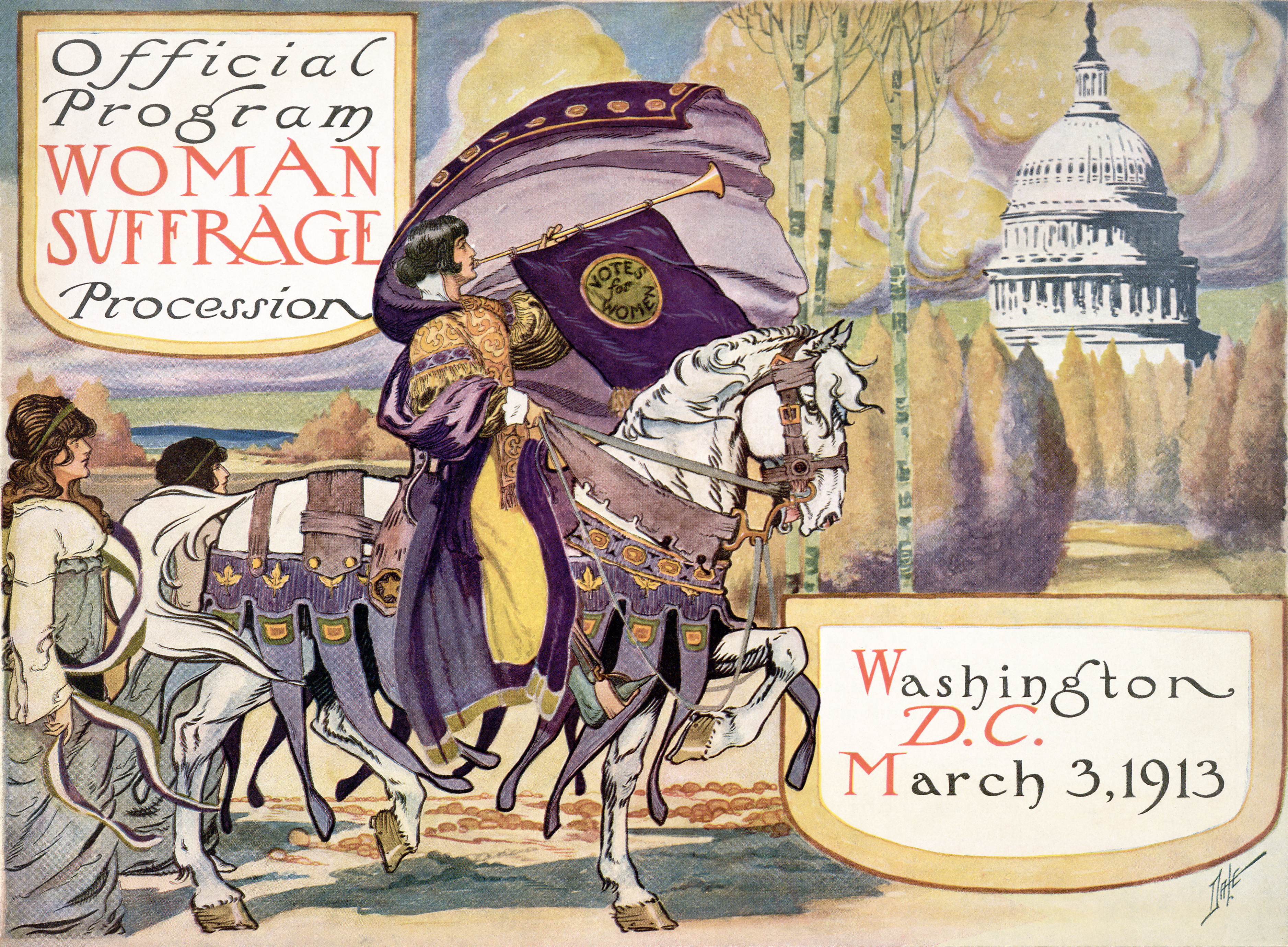Edith New
Edith New (17 March 1877 – 2 January 1951) was a British suffragette and member of the Women's Social and Political Union (WSPU). She is best known for her militant actions in support of women's suffrage in the United Kingdom.
Early Life[edit | edit source]
Edith New was born in Swindon, Wiltshire, England. She was the daughter of Frederick James New, a railway worker, and his wife, Isabella. Edith trained as a teacher and worked in London.
Activism[edit | edit source]
In 1908, Edith New joined the Women's Social and Political Union (WSPU), an organization founded by Emmeline Pankhurst to campaign for women's suffrage. The WSPU was known for its militant tactics, and New quickly became involved in these activities.
Window-Smashing Campaign[edit | edit source]
One of Edith New's most notable actions was her participation in the window-smashing campaign. On 30 June 1908, she and fellow suffragette Mary Leigh broke windows at 10 Downing Street, the official residence of the Prime Minister of the United Kingdom. This act of defiance was intended to draw attention to the suffrage cause and resulted in New's arrest and imprisonment.
Imprisonment[edit | edit source]
Edith New was imprisoned several times for her suffragette activities. During her time in prison, she went on hunger strikes to protest the conditions and to demand recognition as a political prisoner. Her actions, along with those of other suffragettes, eventually led to the implementation of the Cat and Mouse Act in 1913, which allowed for the temporary release of hunger-striking prisoners who were then re-arrested once they had recovered.
Later Life[edit | edit source]
After the Representation of the People Act 1918 granted voting rights to some women, Edith New retired from public life. She continued to live in London until her death on 2 January 1951.
Legacy[edit | edit source]
Edith New is remembered as a pioneering figure in the women's suffrage movement. Her militant actions and dedication to the cause of women's rights played a significant role in the eventual achievement of women's suffrage in the United Kingdom.
See Also[edit | edit source]
- Women's Social and Political Union
- Emmeline Pankhurst
- Mary Leigh
- Representation of the People Act 1918
- Cat and Mouse Act
References[edit | edit source]
External Links[edit | edit source]
| Suffragette Stub Template | |
|---|---|

| |
| This article about a suffragette is a stub. You can help WikiMD by expanding it. | |
| Related topics | Women's suffrage · Feminism · Civil rights |
| See also | List of suffragists and suffragettes · History of women's suffrage in the United States |
| Categories | · |
Search WikiMD
Ad.Tired of being Overweight? Try W8MD's physician weight loss program.
Semaglutide (Ozempic / Wegovy and Tirzepatide (Mounjaro / Zepbound) available.
Advertise on WikiMD
|
WikiMD's Wellness Encyclopedia |
| Let Food Be Thy Medicine Medicine Thy Food - Hippocrates |
Translate this page: - East Asian
中文,
日本,
한국어,
South Asian
हिन्दी,
தமிழ்,
తెలుగు,
Urdu,
ಕನ್ನಡ,
Southeast Asian
Indonesian,
Vietnamese,
Thai,
မြန်မာဘာသာ,
বাংলা
European
español,
Deutsch,
français,
Greek,
português do Brasil,
polski,
română,
русский,
Nederlands,
norsk,
svenska,
suomi,
Italian
Middle Eastern & African
عربى,
Turkish,
Persian,
Hebrew,
Afrikaans,
isiZulu,
Kiswahili,
Other
Bulgarian,
Hungarian,
Czech,
Swedish,
മലയാളം,
मराठी,
ਪੰਜਾਬੀ,
ગુજરાતી,
Portuguese,
Ukrainian
Medical Disclaimer: WikiMD is not a substitute for professional medical advice. The information on WikiMD is provided as an information resource only, may be incorrect, outdated or misleading, and is not to be used or relied on for any diagnostic or treatment purposes. Please consult your health care provider before making any healthcare decisions or for guidance about a specific medical condition. WikiMD expressly disclaims responsibility, and shall have no liability, for any damages, loss, injury, or liability whatsoever suffered as a result of your reliance on the information contained in this site. By visiting this site you agree to the foregoing terms and conditions, which may from time to time be changed or supplemented by WikiMD. If you do not agree to the foregoing terms and conditions, you should not enter or use this site. See full disclaimer.
Credits:Most images are courtesy of Wikimedia commons, and templates Wikipedia, licensed under CC BY SA or similar.
Contributors: Prab R. Tumpati, MD
